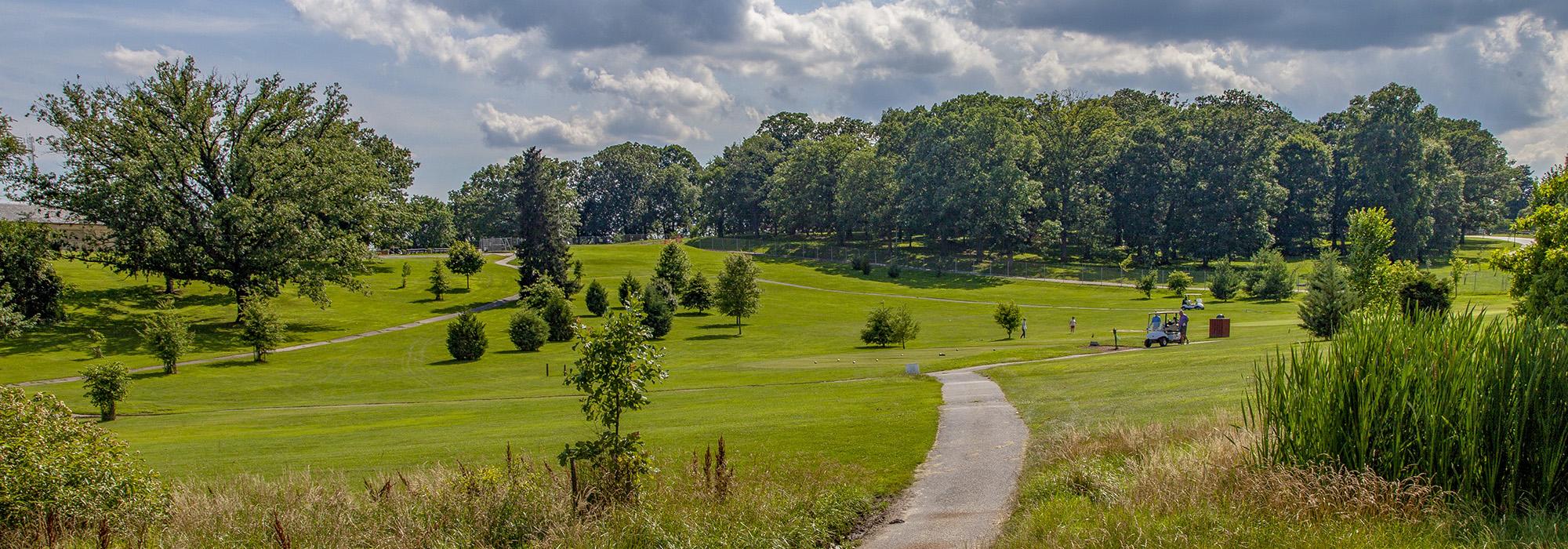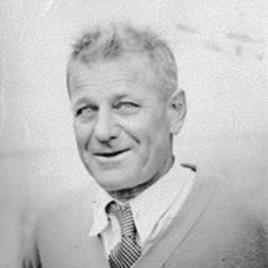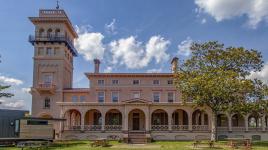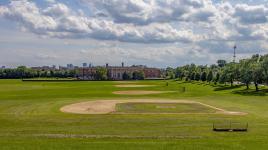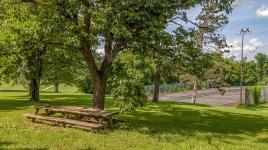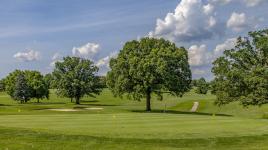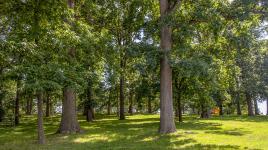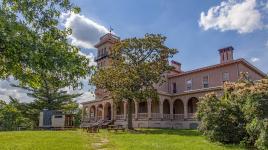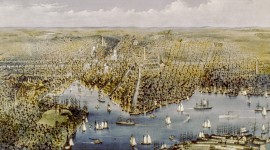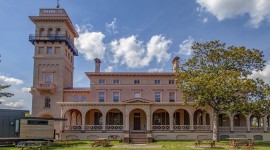Pioneer Information
Born in Troon, Scotland, Campbell was the oldest of seven siblings, six of whom became professional golfers. Upon immigrating to the United States in 1896, he participated in several national golf conferences, including the 1907 U.S. Open (where he took third place) and the 1923 PGA Tour. After serving for sixteen years as the head professional golfer at The Country Club in Brookline, Massachusetts, Campbell (who had earned the nickname ‘Alexander the Nipper’) moved to Baltimore in 1915 to design the city’s first municipal golf course in Clifton Park. The Olmsted Brothers firm, based in Brookline, had been involved with the park for several years and may well have recommended Campbell as a designer. He created a scenic, eighteen-hole course that was challenging for its use of the site’s naturally hilly topography. Following that project, he remained in Maryland to design the Forest Park municipal golf course and to become head professional at the Baltimore Country Club. In 1919 he relocated to Cincinnati, Ohio, serving as head professional at the Losantiville Golf Club before taking a position with the Miami Valley Club in Dayton, Ohio in 1925. Campbell designed several golf courses in Ohio, including those at the Eaton Country Club (1921), the Meadowbrook Country Club (1927), and the Moraine Country Club (1929), as well as Madden Park (1929) and the Mound Golf Course (1936) in Miamisville. During his lifetime he created more than 30 municipal and private golf courses during what was considered the Golden Age of golf course architecture. Campbell died in Dayton, Ohio, and is buried in the city’s Woodland Cemetery and Arboretum.



